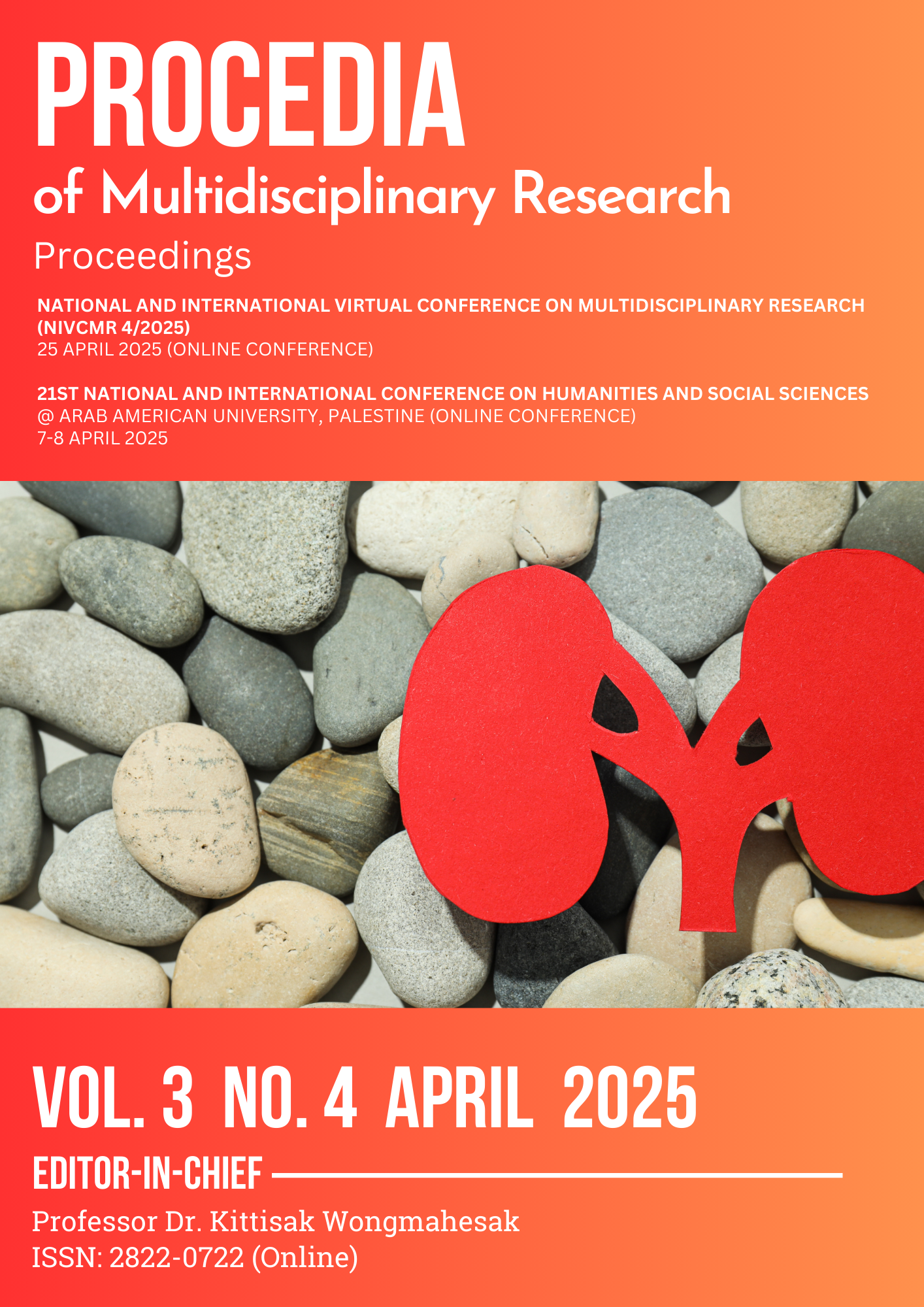APPLICATION AND EFFECTS OF PERFORMING ARTS IN RADIO PROGRAM INTERACTION
Abstract
This article investigates the application and effects of performing arts in enhancing the interactivity of radio programs, with a primary focus on the Chinese program "992 Everyone Help" and comparative insights from publicly available data on international programs such as NPR's "This American Life" and BBC's "The Archers." Employing a mixed-method approach—including content analysis, participatory observation, and in-depth interviews with hosts and producers of "992 Everyone Help"—the study examines how performance techniques such as tonal modulation, rhythm control, and role-playing contribute to listener engagement and program dissemination across different cultural contexts. The findings reveal that performing arts play a pivotal role in transforming traditional one-way radio communication into an immersive, interactive experience. Specifically, hosts' skillful use of vocal dramatization and emotional expression significantly enhances listeners' sense of involvement and emotional resonance, leading to increased program attractiveness and audience loyalty. Empirical data from "992 Everyone Help" demonstrate a positive correlation between the application of performing arts and program effectiveness. For instance, during a public welfare blood donation campaign, the hosts' performance-driven strategies resulted in a 73.5% increase in participation rates, with 347 successful donations exceeding the initial target. Comparative analysis with international programs, based on publicly available data, highlights that while performance techniques are universally effective, their application varies based on cultural and programmatic contexts. For example, NPR's "This American Life" emphasizes narrative performance and sound design, whereas "992 Everyone Help" integrates social service functions with performance. The study concludes that the integration of performing arts into radio programming offers a viable pathway for innovation in the digital era, enabling radio programs to maintain relevance and competitiveness in an increasingly visual and interactive media landscape. These findings provide valuable insights for both academic research and practical applications in the radio industry, offering actionable guidance for enhancing program quality and audience engagement across diverse cultural settings.
Downloads
Published
Issue
Section
License

This work is licensed under a Creative Commons Attribution-NonCommercial-NoDerivatives 4.0 International License.







.png)


